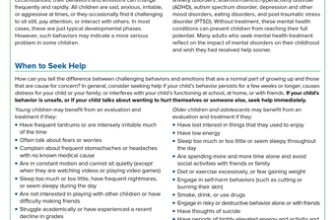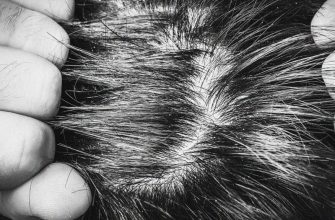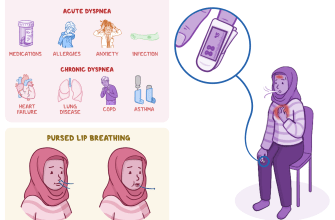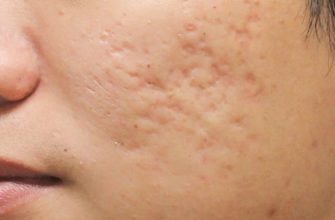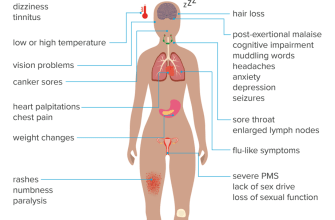Curiosity is a fundamental human trait that drives our eagerness to learn, explore, and acquire knowledge. It is this thirst for knowledge that has propelled humanity forward, leading to countless discoveries and advancements throughout history. However, there are instances when curiosity can become overwhelming, leading to a condition known as “griosity.” In this article, we will explore the symptoms and treatment options for griosity, shedding light on this lesser-known condition.
The Nature of Griosity
Griosity can be described as an excessive or uncontrollable desire to explore and learn. While curiosity is generally seen as a positive trait, griosity takes it to an extreme level, often interfering with daily life and causing distress. Individuals with griosity may find it challenging to focus on tasks or responsibilities, as their minds are constantly consumed by the need to seek out new information and experiences.
Symptoms of Griosity
Recognizing the symptoms of griosity is crucial in understanding and addressing this condition. Here are some common signs to look out for:
- Constant restlessness and an inability to stay focused on a single task
- Overwhelming eagerness to learn and explore, even at the expense of other important activities
- Difficulty in prioritizing tasks and managing time effectively
- Feelings of frustration or anxiety when unable to satisfy the desire for new knowledge
- Impulsive behavior, such as impulsively starting new projects or abandoning current ones
- Struggling to maintain long-term commitments due to the constant need for novelty
The Impact of Griosity
Griosity can have a significant impact on various aspects of an individual’s life. It can affect personal relationships, as the constant need for exploration may lead to neglecting the needs and interests of others. Griosity can also hinder professional growth, as individuals may struggle to focus on their work or commit to long-term projects. Additionally, the overwhelming desire for new experiences can lead to financial strain, as individuals may impulsively spend money on various endeavors without considering the consequences.
Treatment Options for Griosity
While griosity may seem like an insurmountable challenge, there are several treatment options available to help individuals manage and overcome this condition. It is important to note that seeking professional help from a mental health expert is crucial in developing an effective treatment plan tailored to individual needs.
1. Cognitive Behavioral Therapy (CBT)
Cognitive Behavioral Therapy (CBT) is a widely used therapeutic approach that can be beneficial for individuals with griosity. CBT aims to identify and challenge negative thought patterns and behaviors, helping individuals develop healthier coping mechanisms. Through CBT, individuals can learn to manage their curiosity in a more balanced and controlled manner.
2. Mindfulness and Meditation
Practicing mindfulness and meditation techniques can be helpful in managing the symptoms of griosity. These practices promote self-awareness and help individuals develop a greater sense of control over their thoughts and impulses. By cultivating mindfulness, individuals can learn to redirect their curiosity in a more focused and intentional manner.
3. Setting Boundaries and Prioritizing
Establishing clear boundaries and learning to prioritize tasks and activities can be instrumental in managing griosity. By setting realistic goals and allocating time for different activities, individuals can strike a balance between satisfying their curiosity and fulfilling their responsibilities. Learning to say no to certain distractions or projects can also help individuals maintain focus and prevent overwhelm.
4. Seeking Support and Accountability
Building a support network and seeking accountability can be invaluable in managing griosity. Sharing your struggles with trusted friends, family members, or support groups can provide a sense of understanding and validation. Additionally, having an accountability partner can help individuals stay on track with their goals and commitments, ensuring that their curiosity is channeled in a productive manner.
5. Embracing Curiosity in a Controlled Manner
While griosity may present challenges, it is essential to remember that curiosity itself is not inherently negative. Embracing curiosity in a controlled and intentional manner can lead to personal growth and fulfillment. By setting specific learning goals and pursuing them systematically, individuals can satisfy their thirst for knowledge while maintaining a healthy balance in their lives.
Conclusion
Griosity, an excessive desire to explore and learn, can significantly impact an individual’s life. Recognizing the symptoms and seeking appropriate treatment is crucial in managing this condition effectively. Through therapies such as Cognitive Behavioral Therapy, mindfulness practices, and setting boundaries, individuals can regain control over their curiosity and lead fulfilling lives. Remember, curiosity is a powerful force, and when harnessed in a balanced manner, it can be a catalyst for personal growth and lifelong learning.

